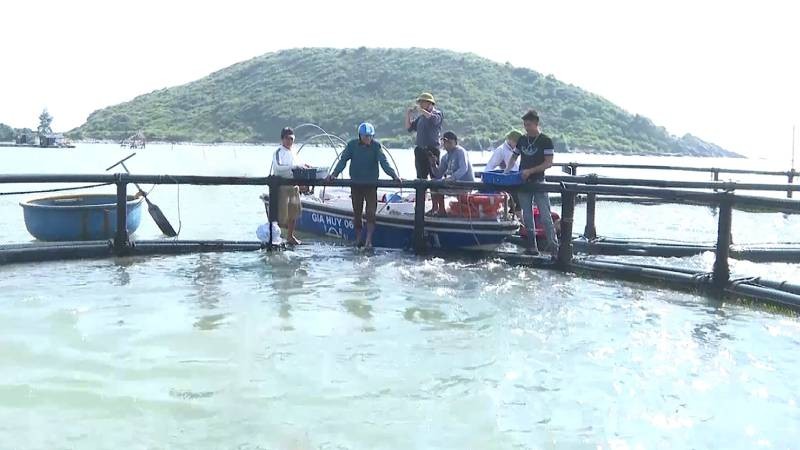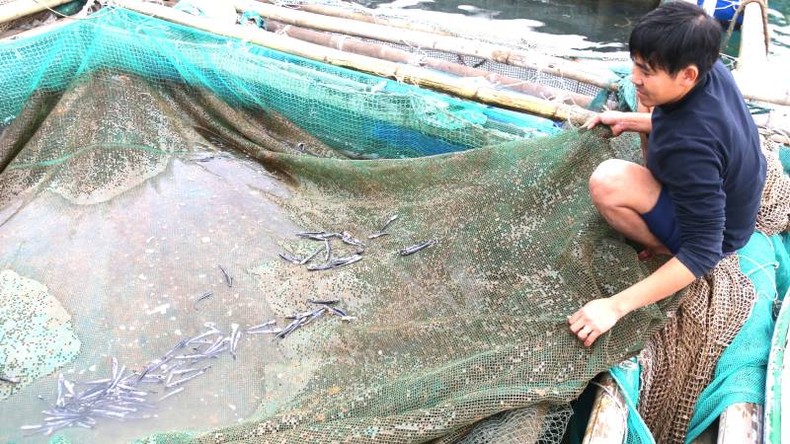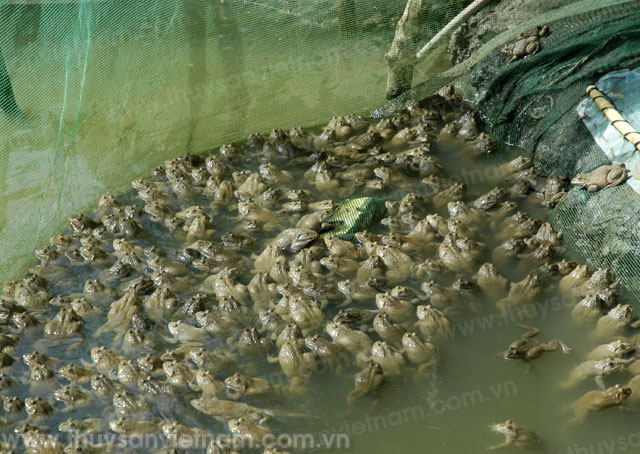Mysterious fish deaths alarm coastal farmers in Quang Binh
In Quang Dong commune of Quang Trach district, Quang Binh province, coastal households have long been farming premium fish species and babylon snails in the waters of Vung Chua and off Yen Island. Yet recently, a wave of unexplained fish deaths in sea cages has left farmers anxious, fearing for both their livelihoods and the future of their aquaculture.
Is polluted water to blame?
Le Van Quan, a member of the Vung Chua-Yen Island Marine Cooperative, reported an alarming situation: after a bout of heavy rain and strong winds, he and fellow farmers noticed dark slicks coating the water surface. The caged fish became lethargic, stopped feeding, and started dying off.

According to locals, the mysterious slick wasn’t greasy like oil and dispersed quickly upon contact with water. Such a phenomenon had never been seen before in the area.
Sharing this distress, Bui Anh Tuan, who suffered the largest losses, said he had stocked 1,500 young cobia fish, each around 20cm, costing 40,000 – 45,000 VND apiece. Daily feeding them small wild fish, he was hoping for a successful season when suddenly his cages turned white with dead fish.
“Just two days after spotting the slick, the fish began dying. We inspect the cages daily and remove dead fish, so we know our current losses are about 50 million VND,” Tuan said.
The uncertainty has farmers deeply concerned not just about immediate losses but also about whether the farming grounds remain safe. Doubts now loom over the future of their aquaculture livelihoods.
Hunting for answers
By April 8, when reporters arrived, the waters were calm and clear of any visible slicks. Yet, farmers continued to find occasional dead fish in their cages.
Cao Minh Thai, head of the local cooperative, confirmed the slick had affected the entire farming zone, leading to widespread losses. Farmers suspect coal dust and runoff from a nearby coal stockpile at Hon La Port, especially since the coal yard is openly exposed to sun and wind.
However, no scientific verification has been made, as farmers did not report the incident in time nor collect water samples for testing.
With no slicks visible by the time of the report, some farmers have started to restock their cages with new fish from hatcheries.

The large coal yard remains a concern. Strong winds can blow coal dust into the sea, and heavy rains might carry runoff to the farming area, located just 3.5 kilometers away.
Thai noted that while losses so far are manageable, the real fear is whether the slick will return and, if so, who will be held accountable for future damages.
VFM






